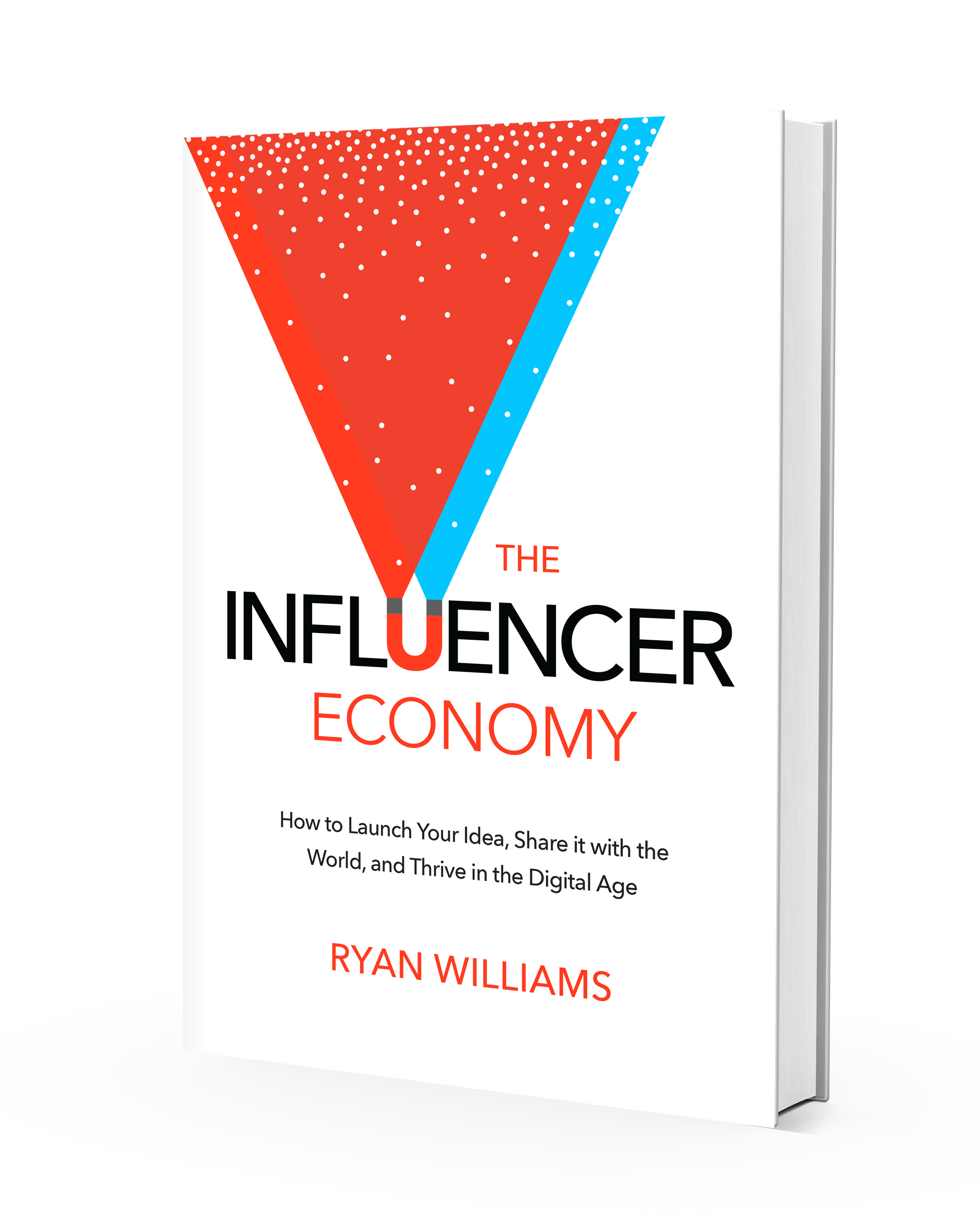We’re in the middle of a Money Ball movement for digital influence. A few weeks ago I responded to a Tweet: “bloggers are now personal brands who will be running their own businesses.” Then within minutes of my comment, an article by Loic Le Meur’s fell into my stream. A Journalist? A VC? Who Cares. It’s all about influence.
If you didn’t know, MG Seigler was hired by Michael Arrington’s new Crunchfund. Loic breaks down the deal, but I am writing about the why/how of this deal and what it means for blogging & influence. If you’ve read Michael Lewis’s book, or watched the Brad Pitt movie you know the story of the Oakland A’s, and how Billy Beane re-invented the way GM’s think about baseball. A few thoughts about the parallels of Moneyball in relation to the influencer economy:
- Bloggers are no longer the Oakland A’s. When you think about it, bloggers have been treated like small market clubs for years. They have fought for credibility and for every penny of revenue generated by their websites. Conversely, they’ve flipped journalism upside down, and forced companies like Fox (WSJ) and AOL and to re-evaluated their businesses. Big media companies have been like the Yankees and Red Sox. While bloggers’ influence has been undervalued by the marketplace. Yes, TechCrunch had a nice payout from AOL, and like the Red Sox adapting to the Moneyball era, so too are the big media companies.
- Sabermetrics: baseball influence as Social media metrics: influence. In Sabermetrics, on base percentage (OBP) and slugging percentage show a player’s influence in a game. This revelation shows that a walk is just as valuable as a hit. This new thinking disrupted 100’s of years of baseball’s pre-conceived evaluations of players. RBI’s, Batting Average and home runs had previously been the gold standard. Similarly, in the influencer economy, Tweets, YouTube data, and blog posts have revolutionized the media game. Think of these stats like a sabermetrics geek would or Billy Beane did with the A’s. On base percentage has value, and so does your view count on YouTube or the amount of quality blog posts that you produce. Bill James’ stats stats re-thought how to evaluate talent of players. Online influence re-thinks how we value the talent of people.
- Investing in a start-up is like drafting a baseball player. Some players will pan out, others will fail. It’s equally has hard to know which start-up will be the winner. Billy Beane was a five-tool player when he was drafted by the Mets, and that didn’t work out for either party. The same relationship could be made starts-up CEO’s. What metrics do you use to evaluate? Online influence isn’t the whole story, but it’s certainly a metric to consider when investing in a company, finding partners, and hiring. If an influencer can get deal flow, then why not?
- Now with influence, social media has entered us into the Bill James era. I read Moneyball years ago, and have recently seen the movie. I’m not saying that Arrington is Billy Beane. He’s not Brad Pitt, though might hope he is. Nor is MG the Paul DePodesta of this movement. To view this relationship, as Warner Wolf would say: “let’s go to the video-tape.”
Or in 2011, I say : “let’s go to the (Influencermetrics)” for MG Seigler. (Yes, I just invented that word and you read it correctly) When you think about the amount of content that he’s generated online, it’s mind-blowing. It takes a few minutes to scan the internet to see where he has built up his influence. Think Bill James when analyzing the data.
He produced lots of quality content and diversified it across the web:
- 20,000 Tweets
- 43,000 Lists on Twitter
- 63 posts on September alone on his own blog
- 68 posts on TechCrunch in August
- 3.4 Million views on his YouTube channel
- 100,000 Google Circles
- VentureBeat/TechCrunch writer for 3 + years
- Domain expertise in mobile products
- Attends TechCrunch Disrupt and networks with tech community throughout the year
- Engages in online debate and evolves with his audience
It doesn’t take a machinine to track his influence. The 5 tool player is no more. Content is king. Bloggers and content creators are building online empires. Most bloggers aren’t VC’s, but there is a trend that VC’s have emerged bloggers. Writing helps build their personal brands, as well build the brands of the companies they invest in. What do you think? Content creators can build full-blow companies. What’s next for bloggers/writers?









Leave A Comment